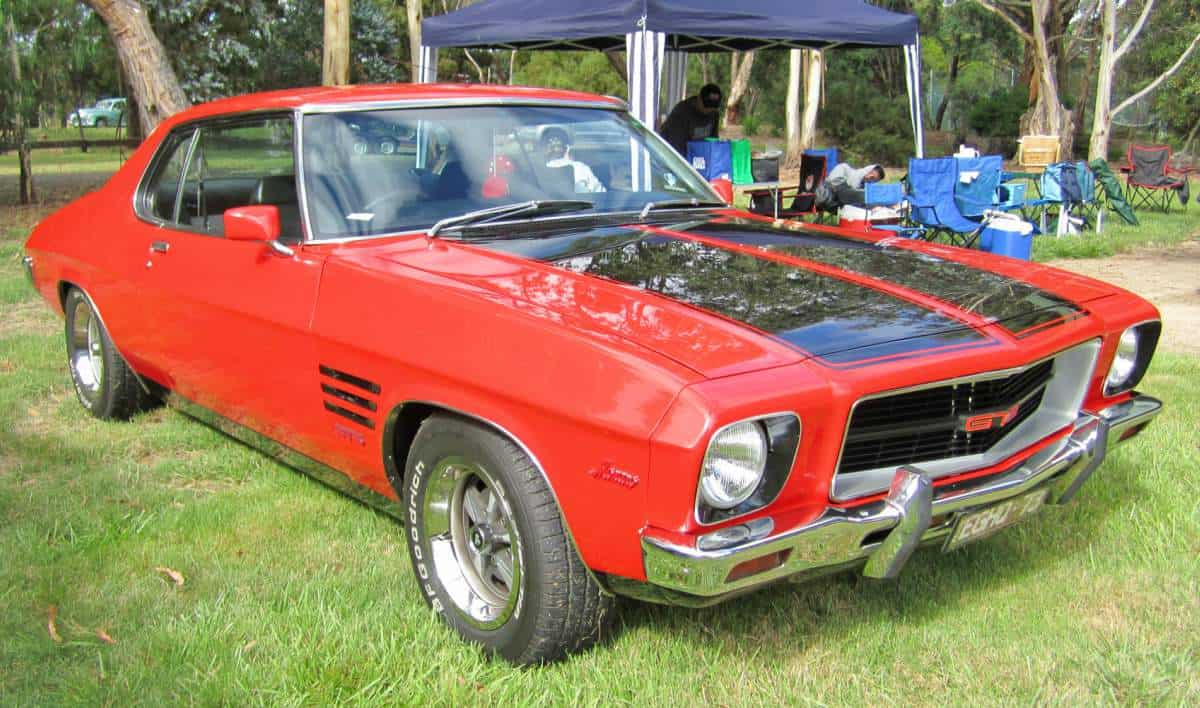48. Australians Had Muscle, Too.

The muscle car boom wasn’t limited just to the United States. Australia had just as fervent of a muscle car culture as America did. Ford and Chevy produced several various types of muscle cars in cooperation with Australian manufacturers. The 1973 Ford Falcon XB GT was a massively popular creation in Australia. After production, it disappeared for about two decades, making it even more popular than before. The 1971 Holden Monaro 350 GTS Coupe (a GM product) is commonly referred to as the most stylish of all Australian muscle cars.
